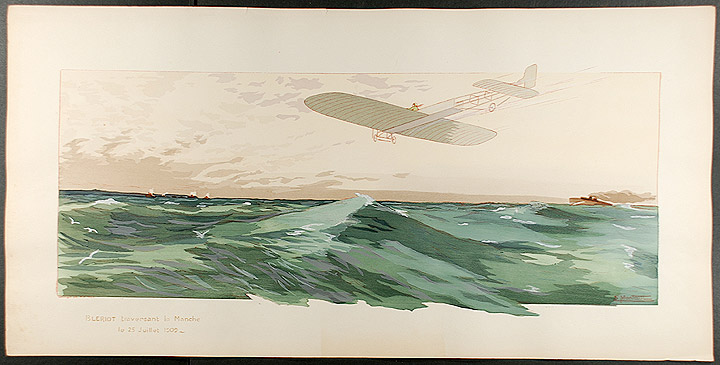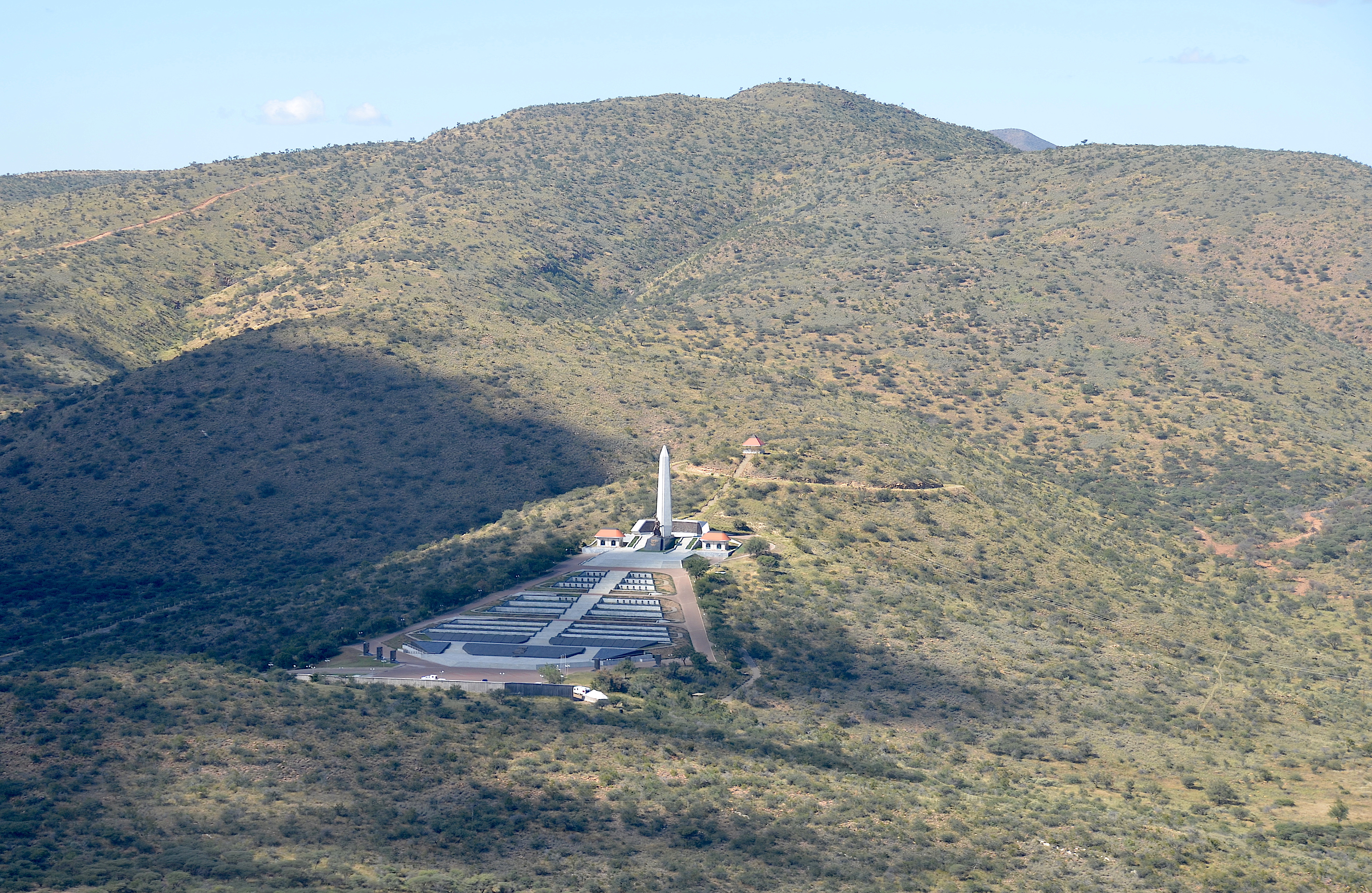|
Kambonde KaMpingana
Kambonde II kaMpingana (1865 ''–'' June 22, 1909) was the King of Ondonga from 1884 until his death in 1909. He was the brother of King Nehale Mpingana, Nehale lyaMpingana, with whom he shared a prolonged power struggle over control of Ondonga. His reign was marked by political divisions within Ondonga and increasing European influence in the region. Biography Division of Ondonga Following the death of King Iitana yaNekwiyu on September 26, 1884, Kambonde became the king of Ondonga. However, his younger brother, Nehale, refused to acknowledge his authority. This led to the division of Ondonga into two separate territories: western Ondonga, ruled by Kambonde, and eastern Ondonga, ruled by Nehale. Kambonde maintained diplomatic relations with missionaries and European settlers, in contrast to Nehale’s resistance to foreign influence. The Finnish Missionary Society, viewing Nehale as an obstacle to their work, supported Kambonde with weapons and ammunition to strengthen his ... [...More Info...] [...Related Items...] OR: [Wikipedia] [Google] [Baidu] |
1909 Deaths
Events January–February * January 4 – Explorer Aeneas Mackintosh of the Imperial Trans-Antarctic Expedition escapes death by fleeing across drift ice, ice floes. * January 7 – Colombia recognizes the independence of Panama. * January 9 – The British Nimrod Expedition, ''Nimrod'' Expedition to the South Pole, led by Ernest Shackleton, arrives at the Farthest South, farthest south reached by any prior expedition, at 88°23' S, prior to turning back due to diminishing supplies. * January 11 – The International Joint Commission on US-Canada boundary waters is established. * January 16 – Members of the ''Nimrod'' Expedition claim to have found the magnetic South Pole (but the location recorded may be incorrect). * January 24 – The White Star Liner RMS Republic (1903), RMS ''Republic'' sinks the day after a collision with ''SS Florida'' off Nantucket. Almost all of the 1,500 passengers are rescued. * January 28 – The last United States t ... [...More Info...] [...Related Items...] OR: [Wikipedia] [Google] [Baidu] |
Omukwaniilwa ...
This is a list of the kings of the Ondonga people, a Namibian subtribe of the Owambo. The kingdom was founded in 1650. Since then there have been 18 kings. The kings reside at a Royal Homestead in a village of their choice with Onamungundo having been a royal seat for more than 2 kings. References {{Monarchies Lists of rulers in Africa Ondonga kings Ovambo people Ondonga Ondonga is a traditional kingdom of the Ovambo people in what is today northern Namibia. Its capital is Ondangwa, and the kingdom's palace is at Onambango. Its people call themselves ''Aandonga''. They speak the Ndonga dialect. The Ondonga kingdom ... [...More Info...] [...Related Items...] OR: [Wikipedia] [Google] [Baidu] |
Namibian Chiefs
This is a demography of the population of Namibia including population density, ethnicity, education level, health of the populace, economic status, religious affiliations and other aspects of the population. Population Census results As required by the Namibian ''Statistics Act'' #66 of 1976, and in accordance with United Nations recommendations, a census is conducted every ten years. After Namibian independence the first Population and Housing Census was carried out in 1991, further rounds followed in 2001 and 2011. The data collection method is to count every person resident in Namibia wherever they happen to be. This is called the ''de facto'' method. For enumeration purposes the country is demarcated into 4,042 ''enumeration areas''. These areas overlap with constituency boundaries in order to get reliable data for election purposes as well. The 2011 Population and Housing Census counted 2,113,077 inhabitants of Namibia. Between 2001 and 2011 the annual population gr ... [...More Info...] [...Related Items...] OR: [Wikipedia] [Google] [Baidu] |
National Heroes Of Namibia
Heroes' Acre is an official war memorial of the Republic of Namibia. Built into the uninhabited hills south of the city centre of Windhoek, Heroes' Acre opened on 26 August 2002. It was created to "foster a spirit of patriotism and nationalism, and to pass histo the future generations of Namibia".Windhoek City Council: What to see, National Monuments in Windhoek Construction The memorial was designed and built by , a n firm. It is one of four major public works Mansudae constructed i ...[...More Info...] [...Related Items...] OR: [Wikipedia] [Google] [Baidu] |
Year Of Birth Uncertain
A year is a unit of time based on how long it takes the Earth to orbit the Sun. In scientific use, the tropical year (approximately 365 solar days, 5 hours, 48 minutes, 45 seconds) and the sidereal year (about 20 minutes longer) are more exact. The modern calendar year, as reckoned according to the Gregorian calendar, approximates the tropical year by using a system of leap years. The term 'year' is also used to indicate other periods of roughly similar duration, such as the lunar year (a roughly 354-day cycle of twelve of the Moon's phasessee lunar calendar), as well as periods loosely associated with the calendar or astronomical year, such as the seasonal year, the fiscal year, the academic year, etc. Due to the Earth's axial tilt, the course of a year sees the passing of the seasons, marked by changes in weather, the hours of daylight, and, consequently, vegetation and soil fertility. In temperate and subpolar regions around the planet, four seasons are g ... [...More Info...] [...Related Items...] OR: [Wikipedia] [Google] [Baidu] |
Ovambo People
The Ovambo people (), also called Aawambo, Ambo, Aawambo (Ndonga, Nghandjera, Kwambi, Kwaluudhi, Kolonghadhi, Mbalantu, mbadja), or Ovawambo (Kwanyama), are a Bantu peoples, Bantu ethnic group native to Southern Africa, primarily modern Namibia. They are the single largest ethnic group in Namibia, accounting for about half of the population.Namibia: People and Society CIA Factbook, United States; "about 50% of the population belong to the Ovambo tribe", total population: 2.4 million Despite concerted efforts from Christian missionaries to wipe out what they believed to be 'pagan practices', the Ovambo have retained many aspects of their traditional cultural practices. They are also found in the southern Angolan province of Cunene Province, Cunene, where they are more commonly referred to as "Ambo". [...More Info...] [...Related Items...] OR: [Wikipedia] [Google] [Baidu] |
Namibian Politicians
This is a demography of the population of Namibia including population density, ethnicity, education level, health of the populace, economic status, religious affiliations and other aspects of the population. Population Census results As required by the Namibian ''Statistics Act'' #66 of 1976, and in accordance with United Nations recommendations, a census is conducted every ten years. After Namibian independence the first Population and Housing Census was carried out in 1991, further rounds followed in 2001 and 2011. The data collection method is to count every person resident in Namibia wherever they happen to be. This is called the ''de facto'' method. For enumeration purposes the country is demarcated into 4,042 ''enumeration areas''. These areas overlap with constituency boundaries in order to get reliable data for election purposes as well. The 2011 Population and Housing Census counted 2,113,077 inhabitants of Namibia. Between 2001 and 2011 the annual population gro ... [...More Info...] [...Related Items...] OR: [Wikipedia] [Google] [Baidu] |
Samuel Maharero
Samuel Maharero (1856 – 14 March 1923) was a Paramount Chief of the Herero people in German South West Africa (today Namibia) during their revolts and in connection with the events surrounding the Herero and Nama genocide. Today he is considered a national hero in Namibia. Life Samuel Maharero was a son to Maharero, an important Herero warrior and cattle raider. He was baptised in 1869 and went to the local Lutheran schools, where he was seen as a potential priest. When his father died in 1890, he gained the chieftainship in the area of Okahandja, although he did not gain much of his father's wealth and cattle according to Herero inheritance customs. Initially, he maintained fairly good relations with the German colonial administration under Theodor Leutwein. However, increasing problems, involving attacks by German farmers, economic difficulties and pests, and the use of Herero land for railroads, all led to diminished relations. Angered by the ill-treatment of the He ... [...More Info...] [...Related Items...] OR: [Wikipedia] [Google] [Baidu] |
Ondonga
Ondonga is a traditional kingdom of the Ovambo people in what is today northern Namibia. Its capital is Ondangwa, and the kingdom's palace is at Onambango. Its people call themselves ''Aandonga''. They speak the Ndonga dialect. The Ondonga kingdom is ruled by an ''Omukwaniilwa'' (king), assisted by a council of elders, the Ondonga Traditional Authority. After the death of king Immanuel Kauluma Elifas in March 2019, Fillemon Shuumbwa Nangolo was appointed as successor and subsequently recognised by Government of Namibia, government. In Ondonga the cultural heritage cannot be separated from the landscape around them. Landmarks such as trees or oshanas can be important heritage sites because of the stories that are associated with them. As in other Owambo kingdoms, the most important heritage sites were the places where their ancestral leaders were buried. Succession rules The king's succession is matrilinear. Both king and queen are to marry outside the royal family. The first in ... [...More Info...] [...Related Items...] OR: [Wikipedia] [Google] [Baidu] |





